Once upon a time, in a kingdom far, far away there lived a beautiful queen. One night while she was bathing in the lake, the moon saw her and was smitten by her beauty. He managed to seduce the pretty princess which brought along a son for them. With the child born outside wedlock, the queen was banished from the kingdom and sent to live in the forest. When the son became the king, the queen instructed him to build temples with explicit images on them with the sole purpose of educating the people about inner desires and how to express them. The temples were built in the forests to keep them away from prying eyes.
Thus runs one of the many versions of the legend of the Khajuraho temples.
Historically, the Khajuraho group of temples were built by the Chandela kings during the tenth and eleventh centuries over a span of hundred years. Once comprising of about 85 Hindu and Jain temples spread over 20kms, only about 20 of them remain, though new ones are still being excavated. The intricate carving on these temples have earned them entry into UNESCO World Heritage site. The temples are grouped into Eastern, Western and Southern complexes of which the Western complex have the most important and best maintained ones.
Leaving Chitrakoot in the morning and paying a brief visit to Kalinjar fort on the way, we reached Khajuraho at about one thirty in the afternoon. (You can read my posts on Mythological Chitrakoot and Kalinjar fort). The temple complex closes at sunset, which would be 5:20pm during this time of the year. It was December. After an unintended long lunch brought on by a very slow service, it was another hour before we finally entered the temple complex. Tickets were purchased at the gates and identification had to be provided for every member in the group. Children below fifteen go in free.
The Western group of temples comprises of five main temples and a few ancillary ones, spread out in the landscaped grounds. The artwork on Kandariya Mahadev temple, Lakshman temple, Chitragupt temple, Chausath Yogini temple and Vishwanath temples are indeed breathtaking. Even though I had always wanted to visit these temples and was very well familiar about their intricate artwork, nothing had prepared me for the impact when I actually saw them in flesh. Every inch of the temples is covered in carvings, starting from the stairs, pillars, walls taking to the roof and the outside. Taking a guide is definitely an option, but one can simply spend hours appreciating the skill of the artists who worked on them all those centuries ago.
What is surprising though is Khajuraho, which is known for its erotic sculptures, has only a small percentage of its carvings actually showing explicit figures in various poses of intimacy. Unlike common belief, most of the sculptures are actually a representation of daily life of the common people, warfare, women decking themselves up and images of various deities. Visitors are doubtful about children accompanying them, however there is no need for worry as it will be quite impossible for them to spot anything uncanny, but they would definitely be missing out on being introduced to some fine examples of Indian art and architecture if they do not visit.
A couple of hours is good enough to have a look around all the temples, though one can spend hours to see everything in more detail, to read the stories depicted through the carvings on the wall. And do expect a sore neck from all the craning you will do to appreciate the artwork in every nook and corner.
Sharing some photographs from my visit, a challenge selecting from the hundreds I took.
Thus runs one of the many versions of the legend of the Khajuraho temples.
Historically, the Khajuraho group of temples were built by the Chandela kings during the tenth and eleventh centuries over a span of hundred years. Once comprising of about 85 Hindu and Jain temples spread over 20kms, only about 20 of them remain, though new ones are still being excavated. The intricate carving on these temples have earned them entry into UNESCO World Heritage site. The temples are grouped into Eastern, Western and Southern complexes of which the Western complex have the most important and best maintained ones.
Leaving Chitrakoot in the morning and paying a brief visit to Kalinjar fort on the way, we reached Khajuraho at about one thirty in the afternoon. (You can read my posts on Mythological Chitrakoot and Kalinjar fort). The temple complex closes at sunset, which would be 5:20pm during this time of the year. It was December. After an unintended long lunch brought on by a very slow service, it was another hour before we finally entered the temple complex. Tickets were purchased at the gates and identification had to be provided for every member in the group. Children below fifteen go in free.
The Western group of temples comprises of five main temples and a few ancillary ones, spread out in the landscaped grounds. The artwork on Kandariya Mahadev temple, Lakshman temple, Chitragupt temple, Chausath Yogini temple and Vishwanath temples are indeed breathtaking. Even though I had always wanted to visit these temples and was very well familiar about their intricate artwork, nothing had prepared me for the impact when I actually saw them in flesh. Every inch of the temples is covered in carvings, starting from the stairs, pillars, walls taking to the roof and the outside. Taking a guide is definitely an option, but one can simply spend hours appreciating the skill of the artists who worked on them all those centuries ago.
What is surprising though is Khajuraho, which is known for its erotic sculptures, has only a small percentage of its carvings actually showing explicit figures in various poses of intimacy. Unlike common belief, most of the sculptures are actually a representation of daily life of the common people, warfare, women decking themselves up and images of various deities. Visitors are doubtful about children accompanying them, however there is no need for worry as it will be quite impossible for them to spot anything uncanny, but they would definitely be missing out on being introduced to some fine examples of Indian art and architecture if they do not visit.
A couple of hours is good enough to have a look around all the temples, though one can spend hours to see everything in more detail, to read the stories depicted through the carvings on the wall. And do expect a sore neck from all the craning you will do to appreciate the artwork in every nook and corner.
Sharing some photographs from my visit, a challenge selecting from the hundreds I took.






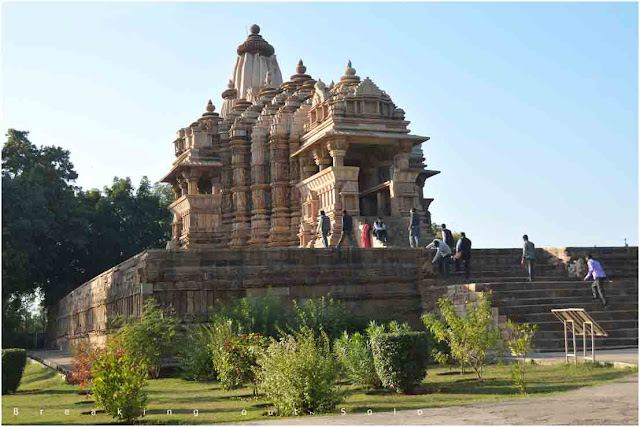








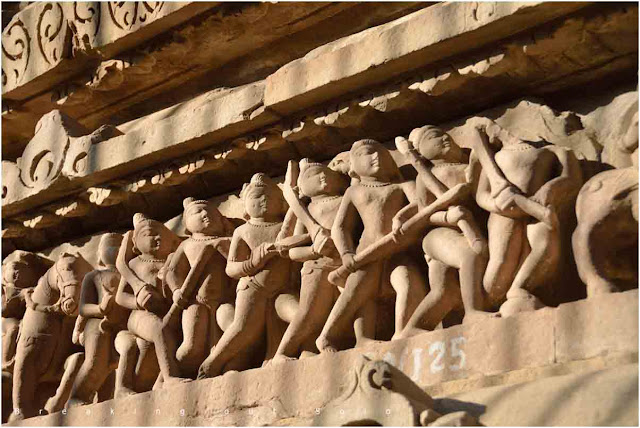

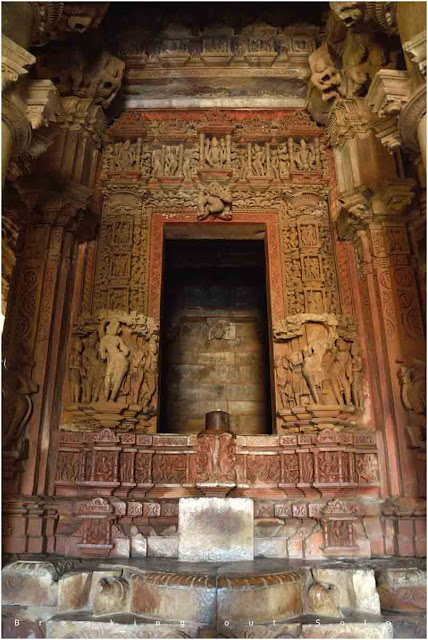





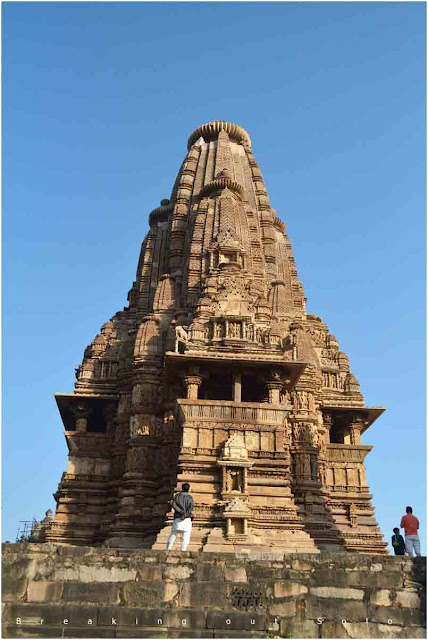






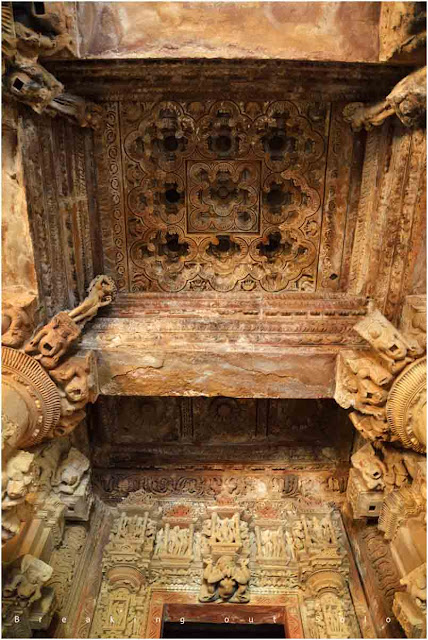



Reuters, the information and media division of Thomson Reuters, is the world’s largest multimedia information provider, reaching billions of individuals worldwide every single day. Reuters supplies business, monetary, nationwide and worldwide information to professionals via desktop terminals, the world's media organizations, trade occasions and directly to consumers. Last month, News' first direct investment in Australian bookmaking, Betr, went stay forward of the nation's most-watched horse race, the Melbourne Cup. Within two days, an ad that ran 먹튀검증 in News Corp's tabloid newspapers triggered a regulator inquiry into whether or not the advertisements breached laws prohibiting inducement to gamble.
ReplyDelete